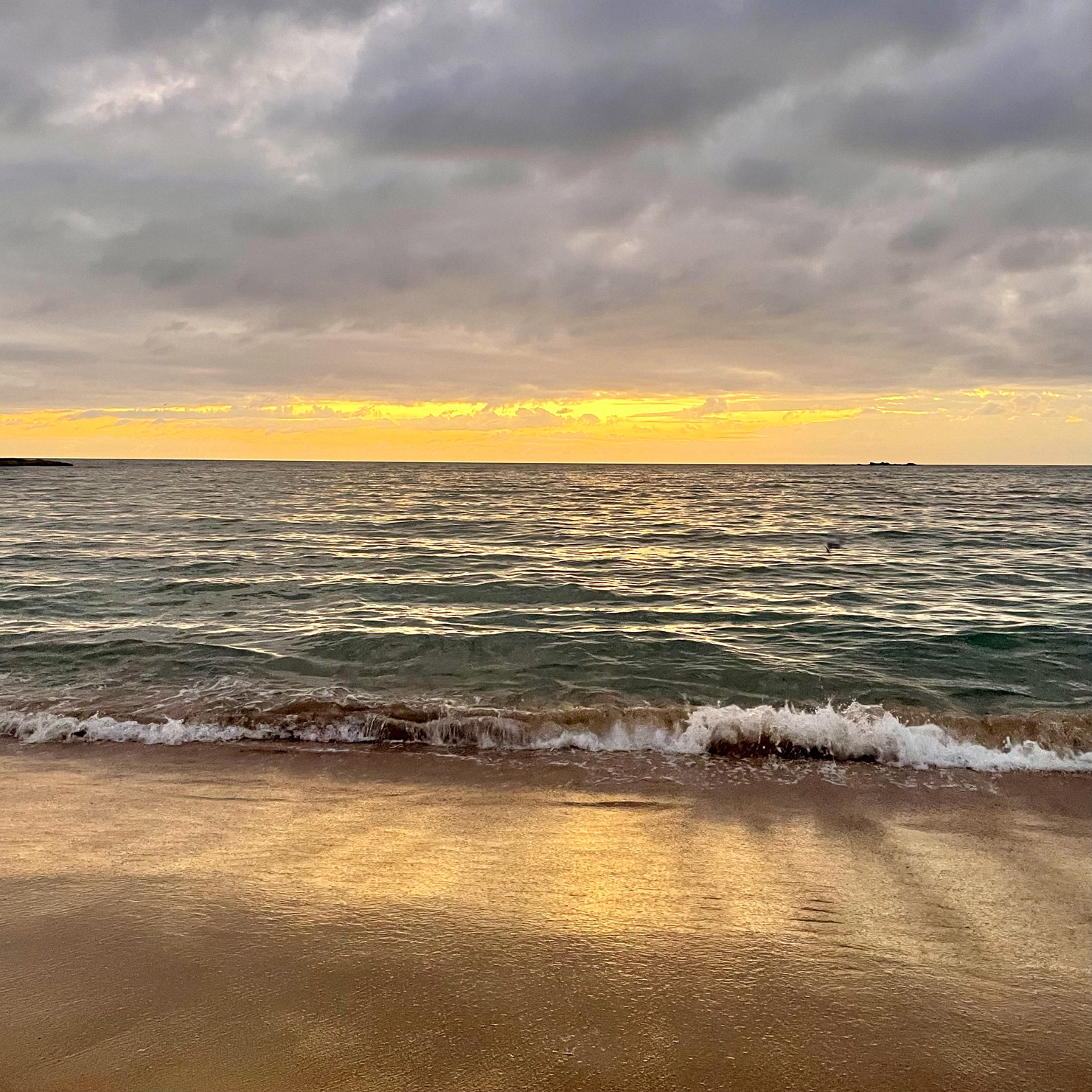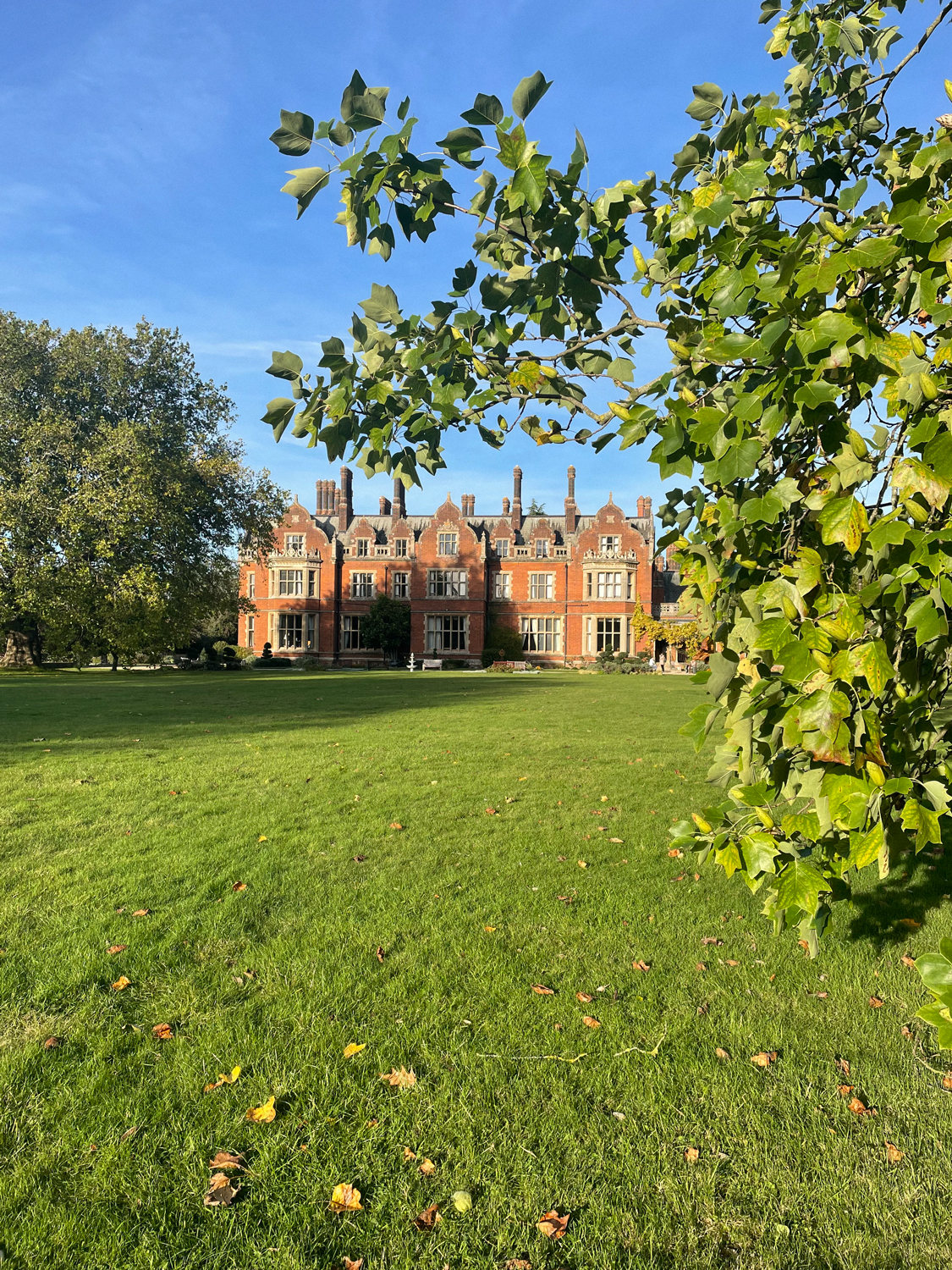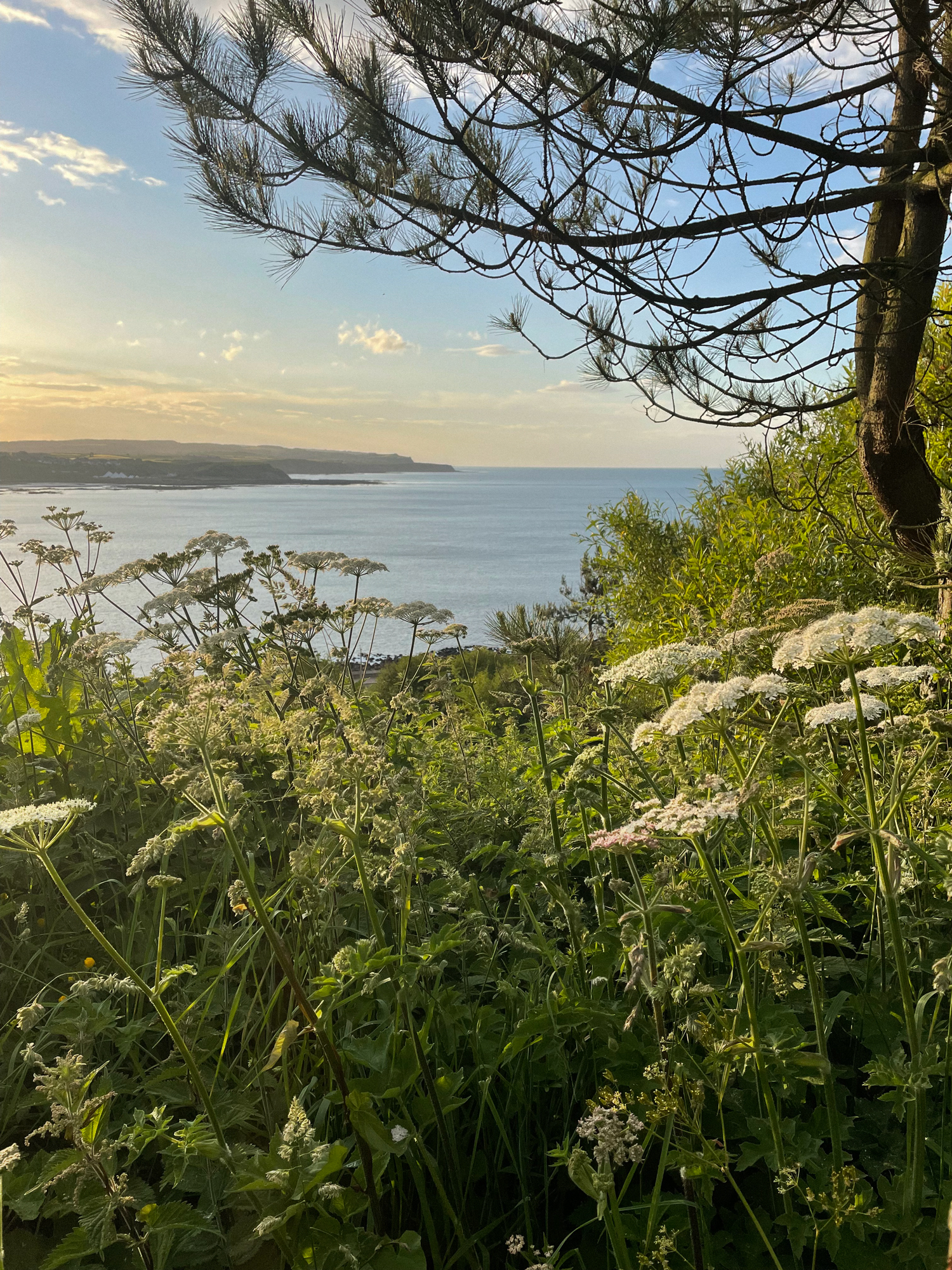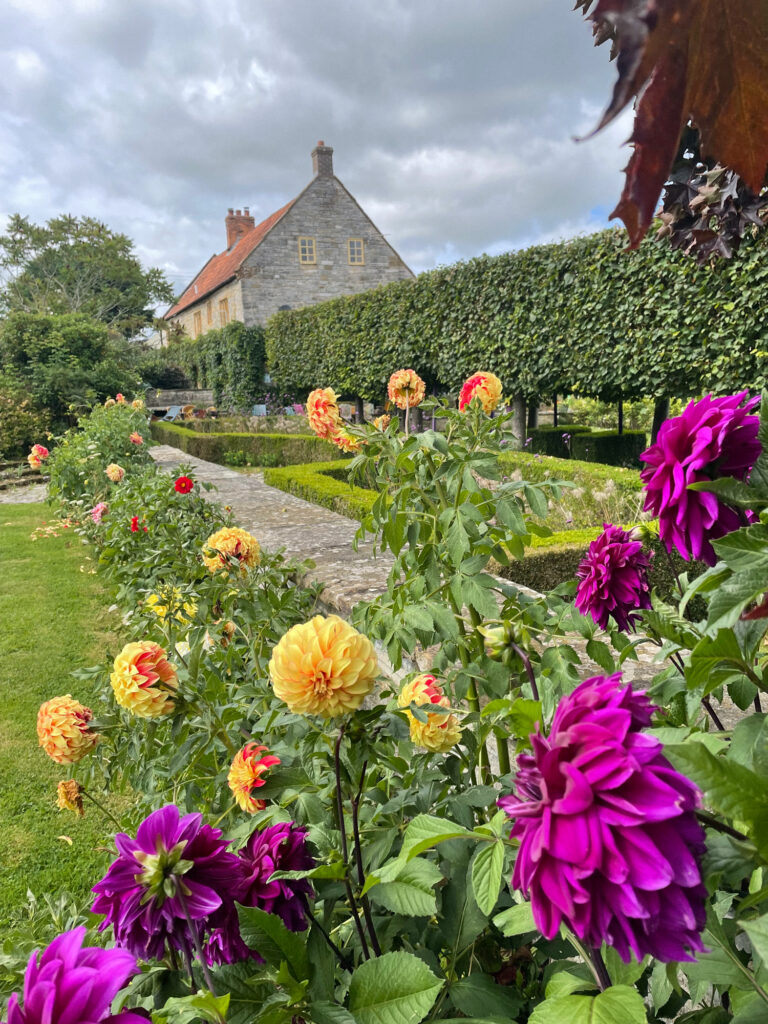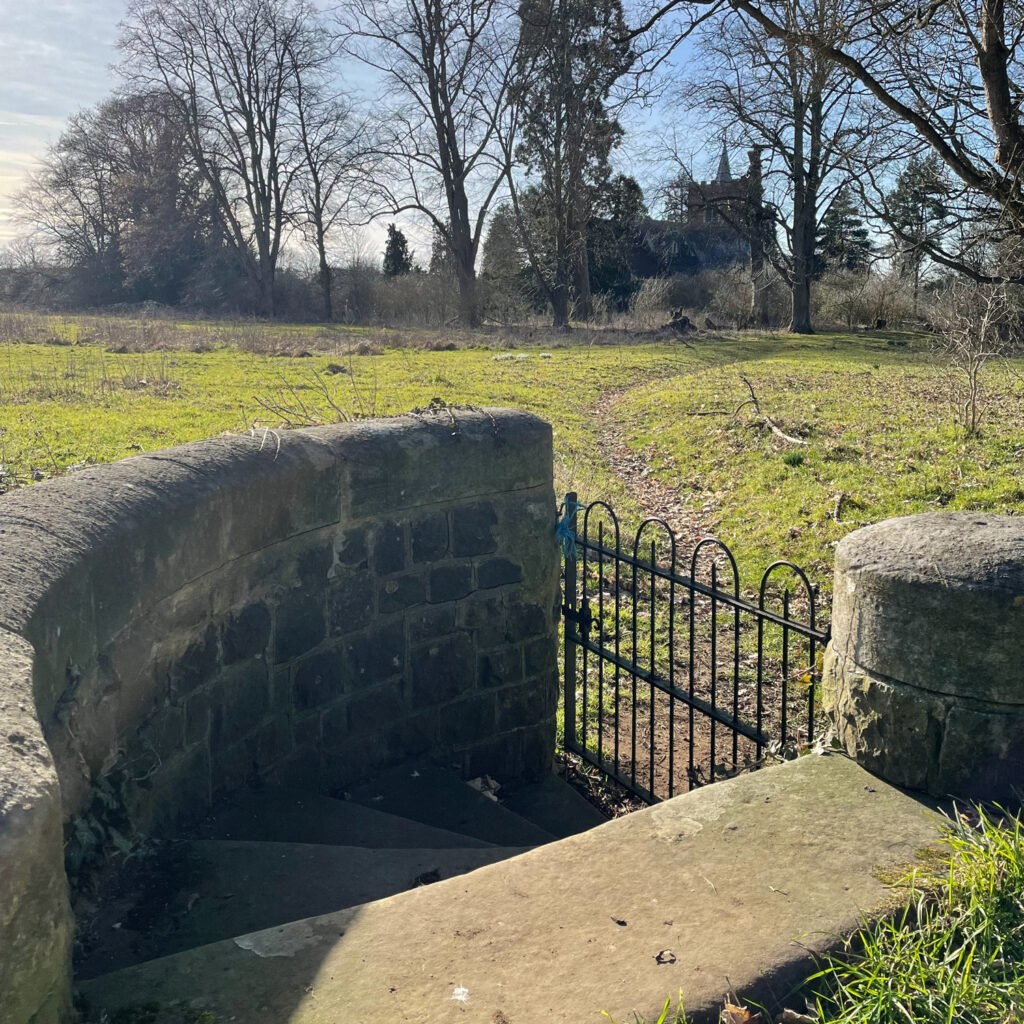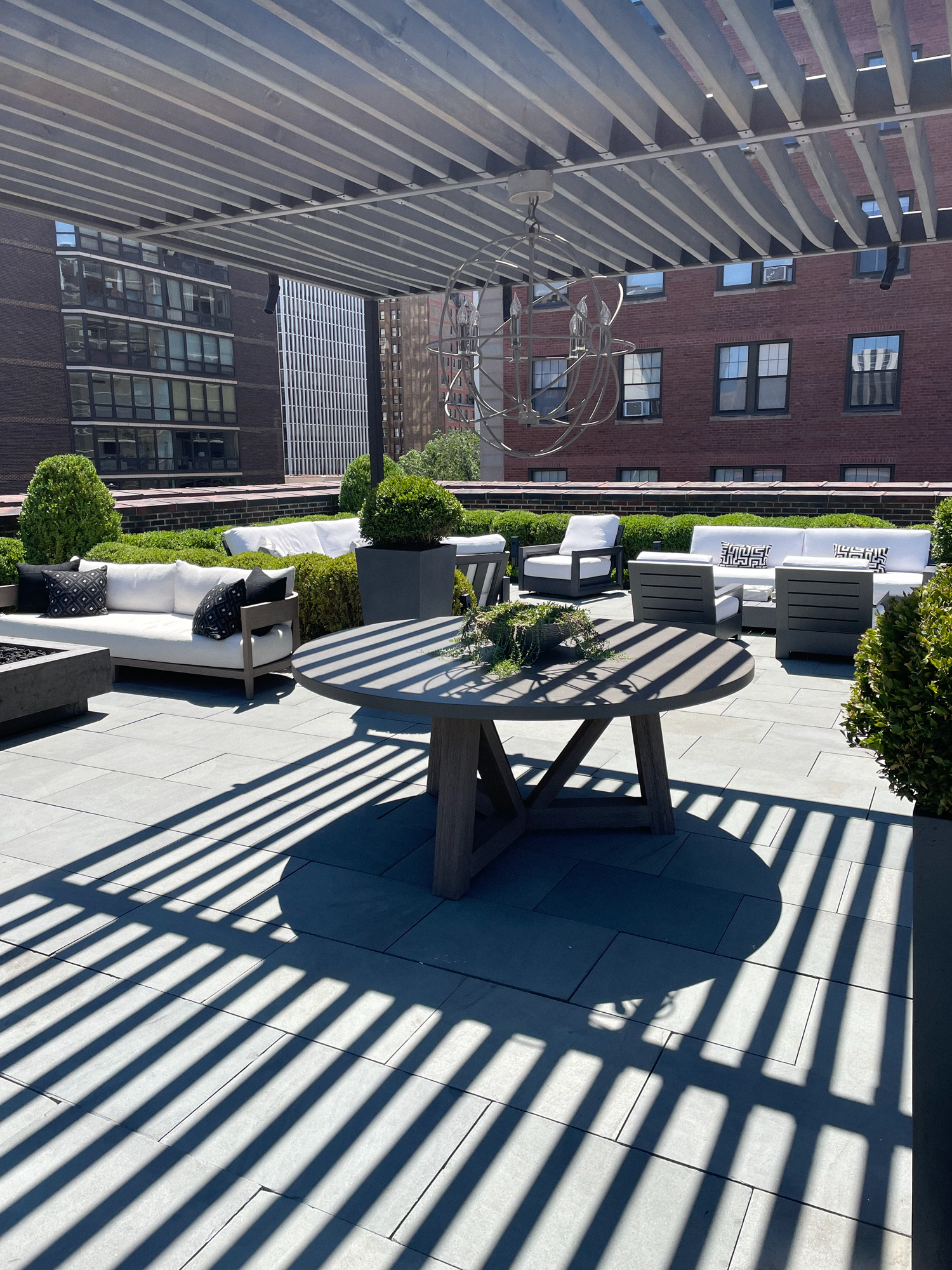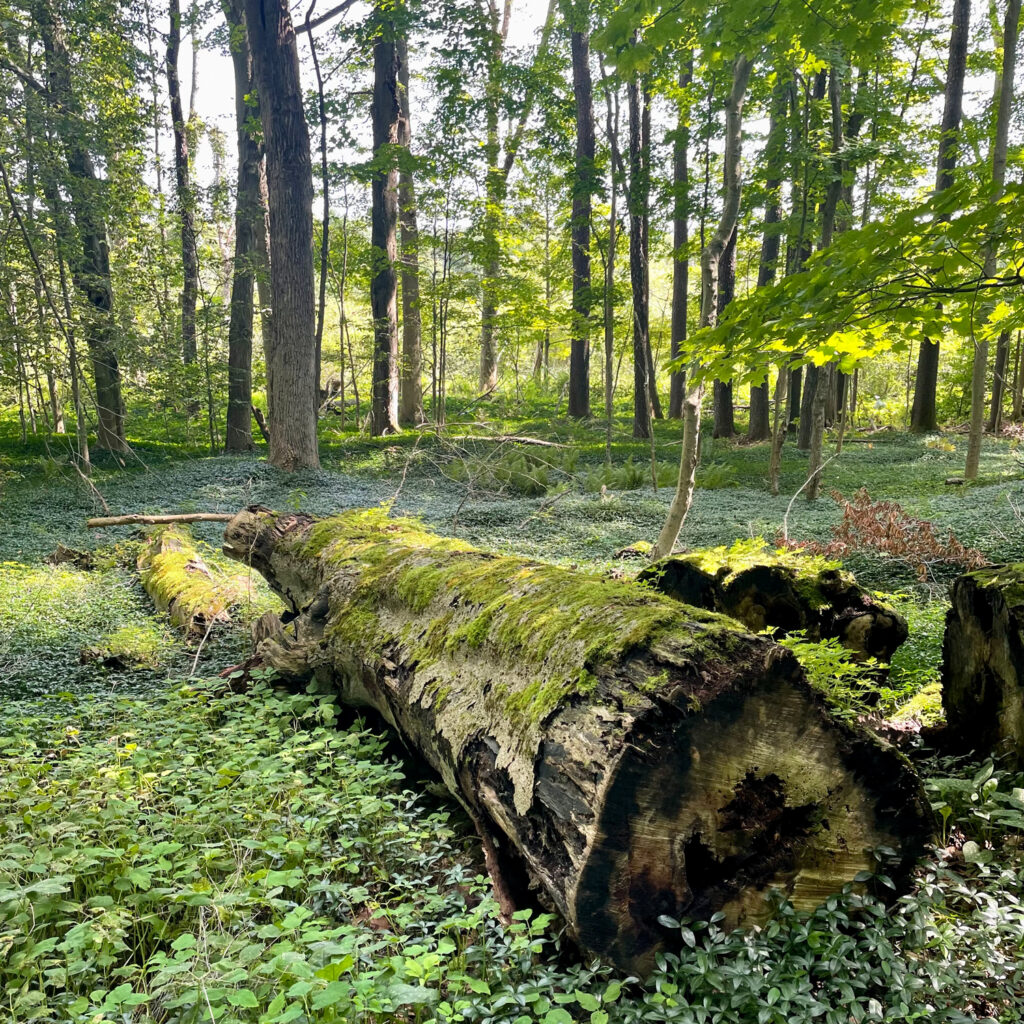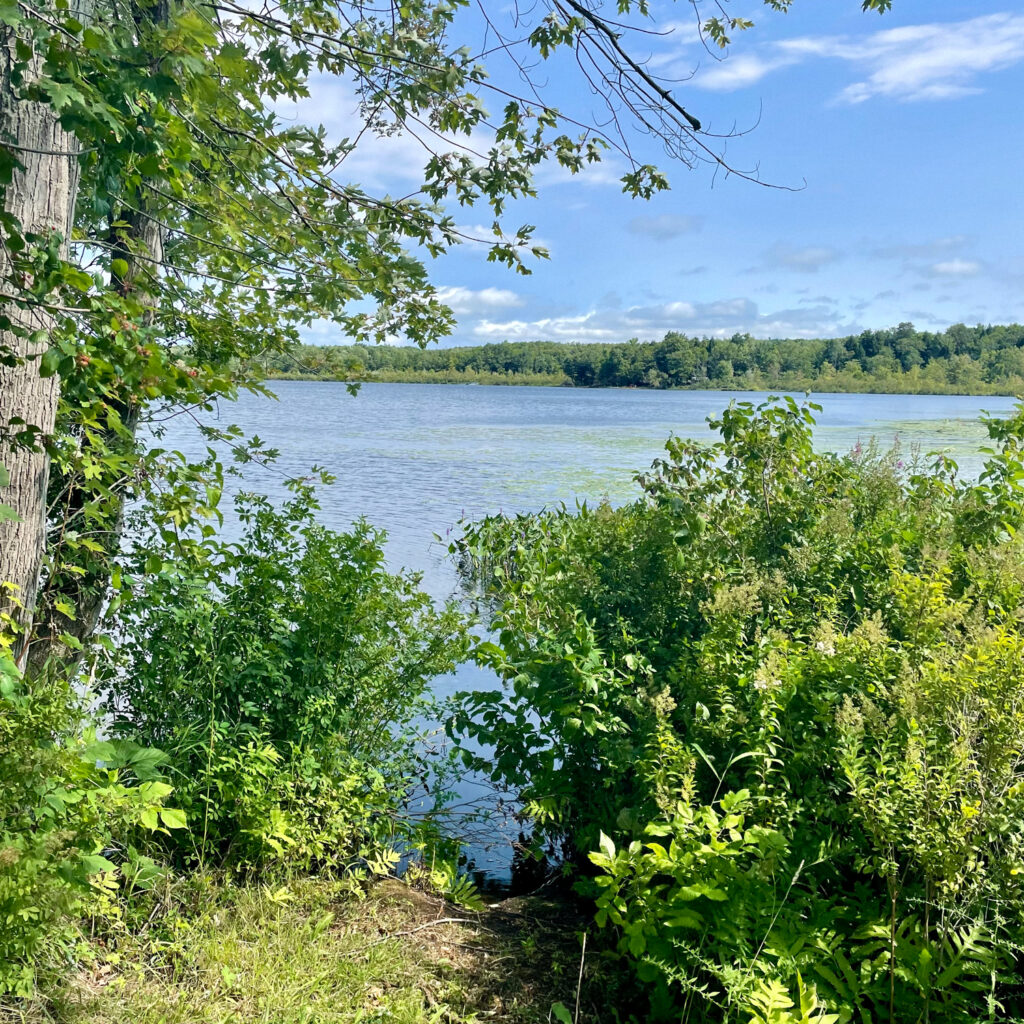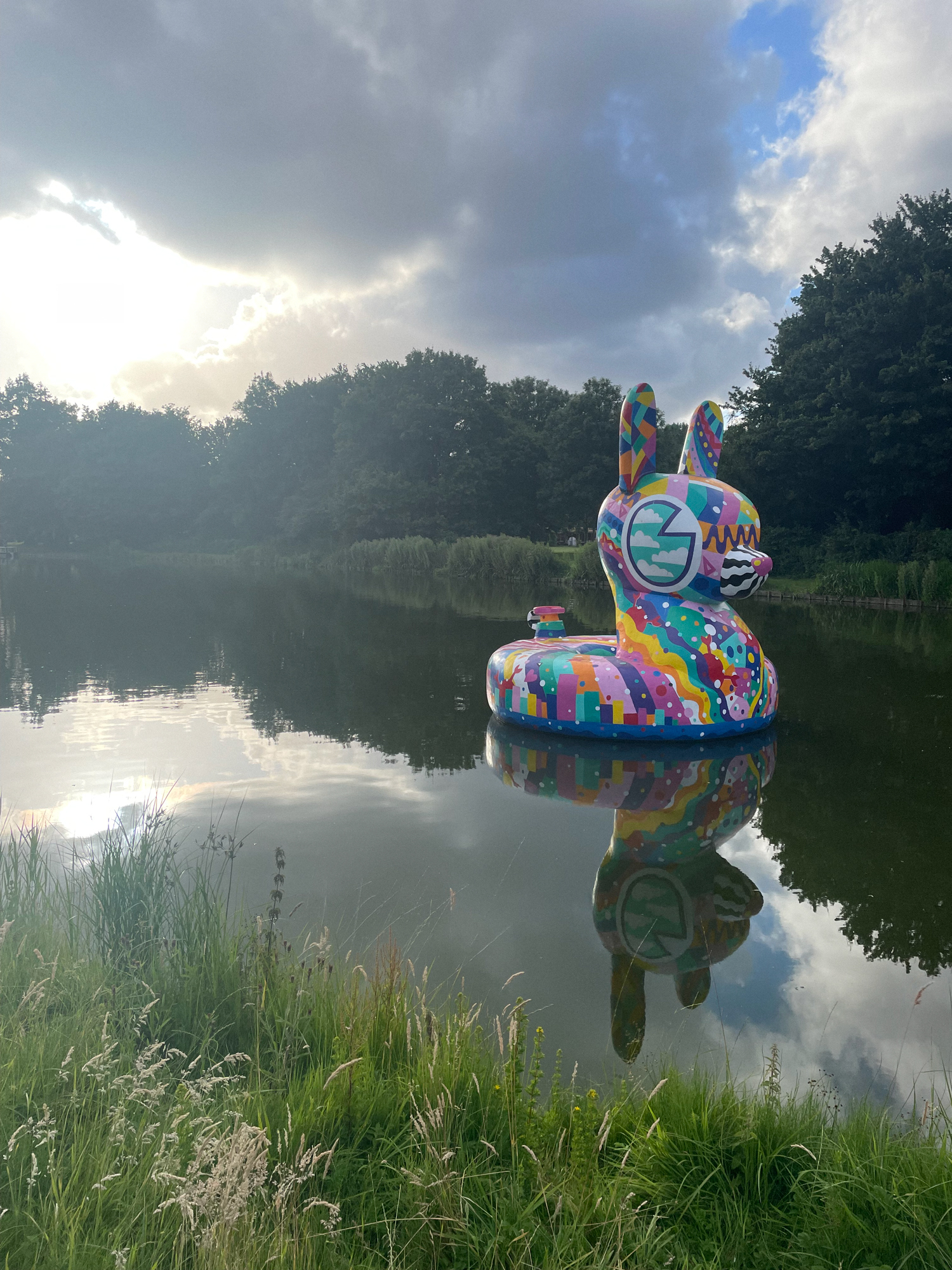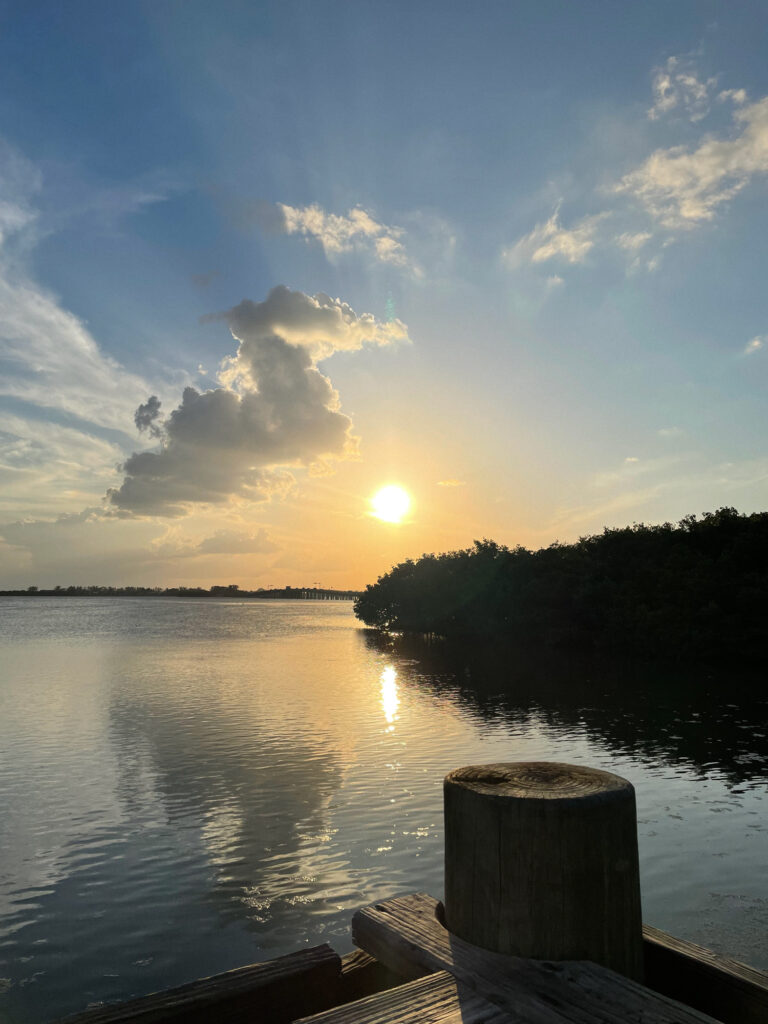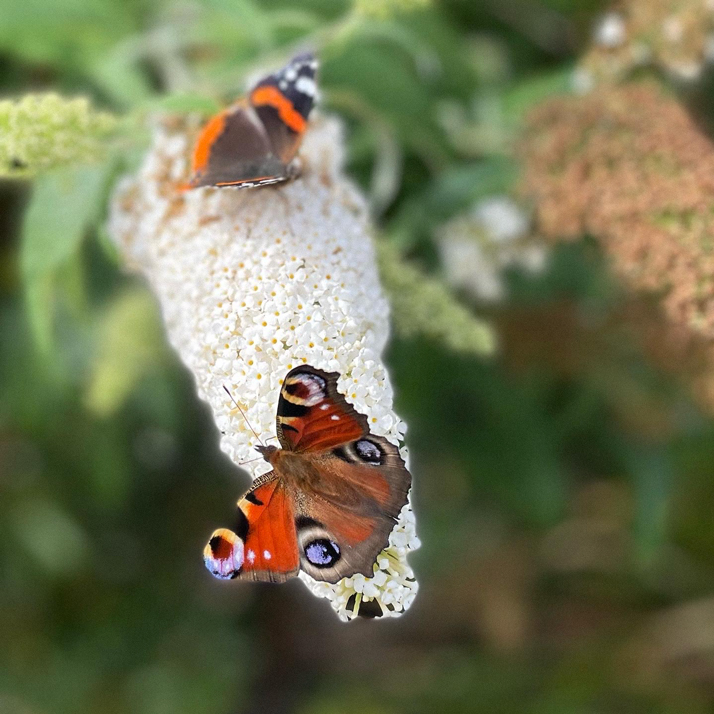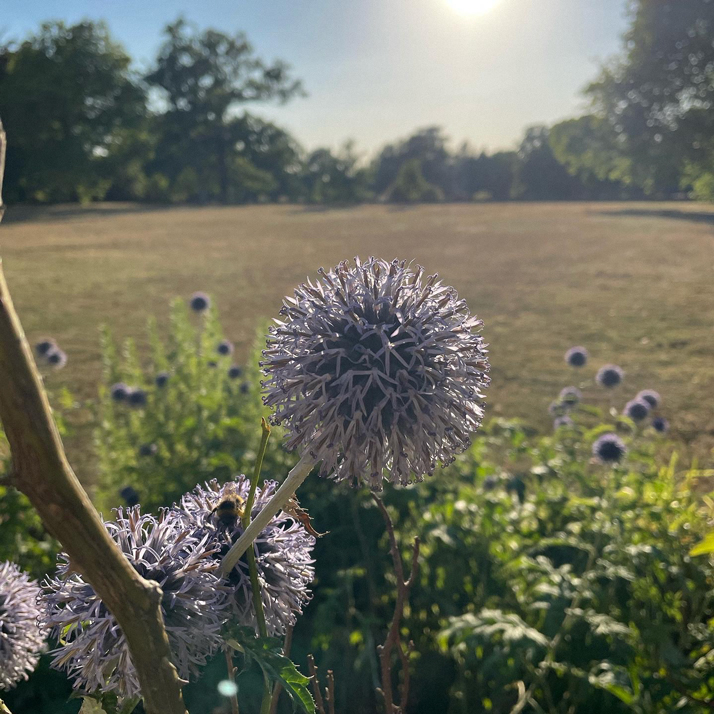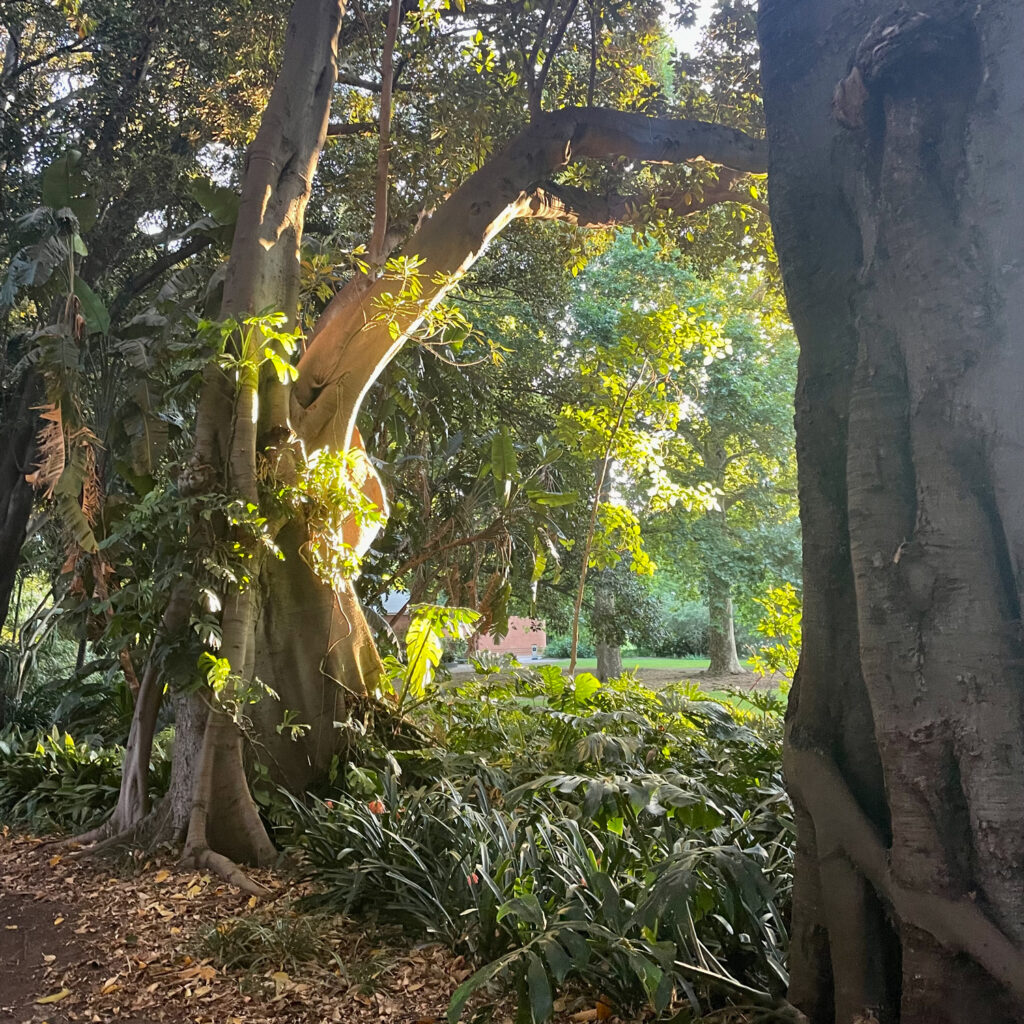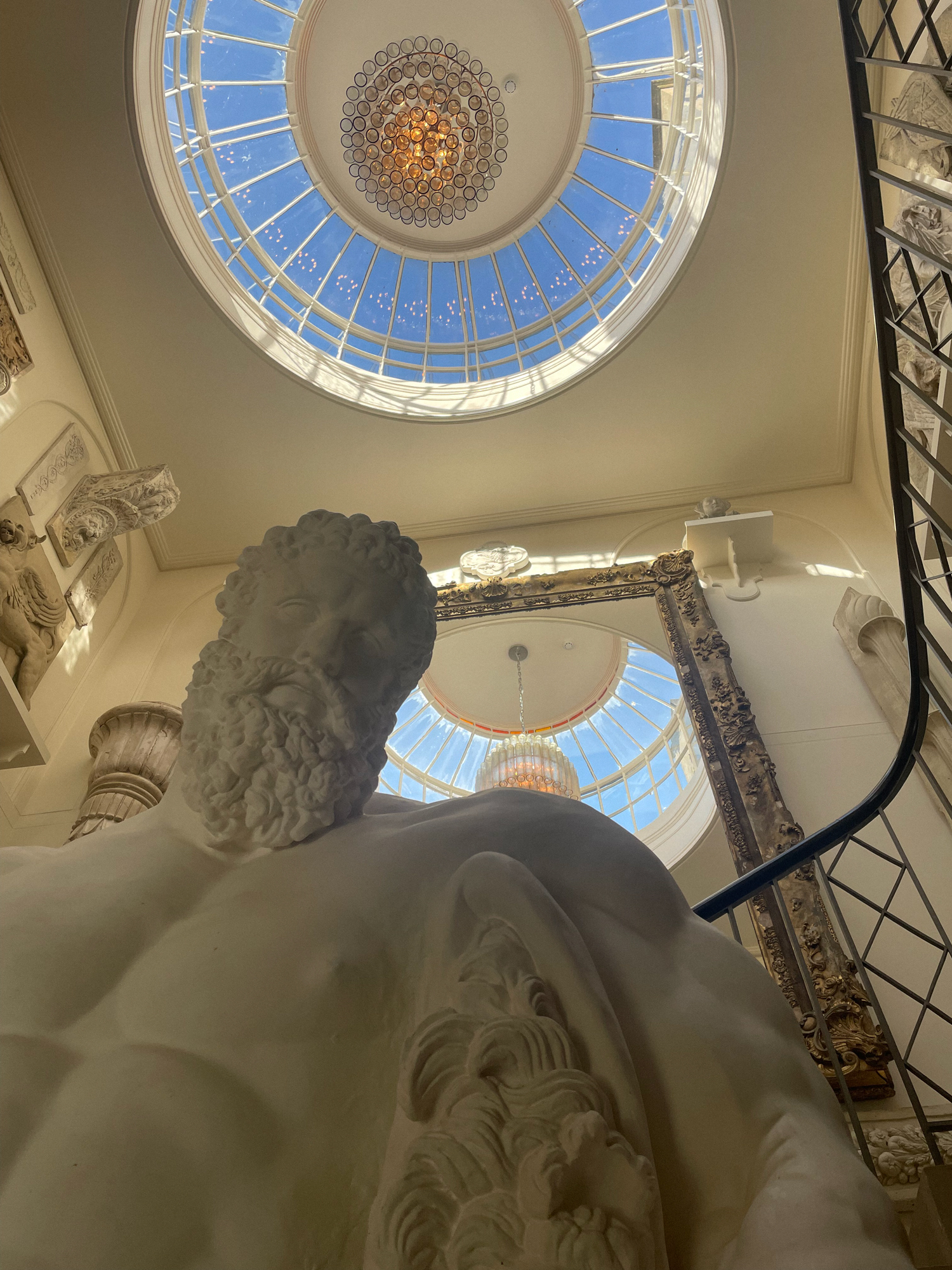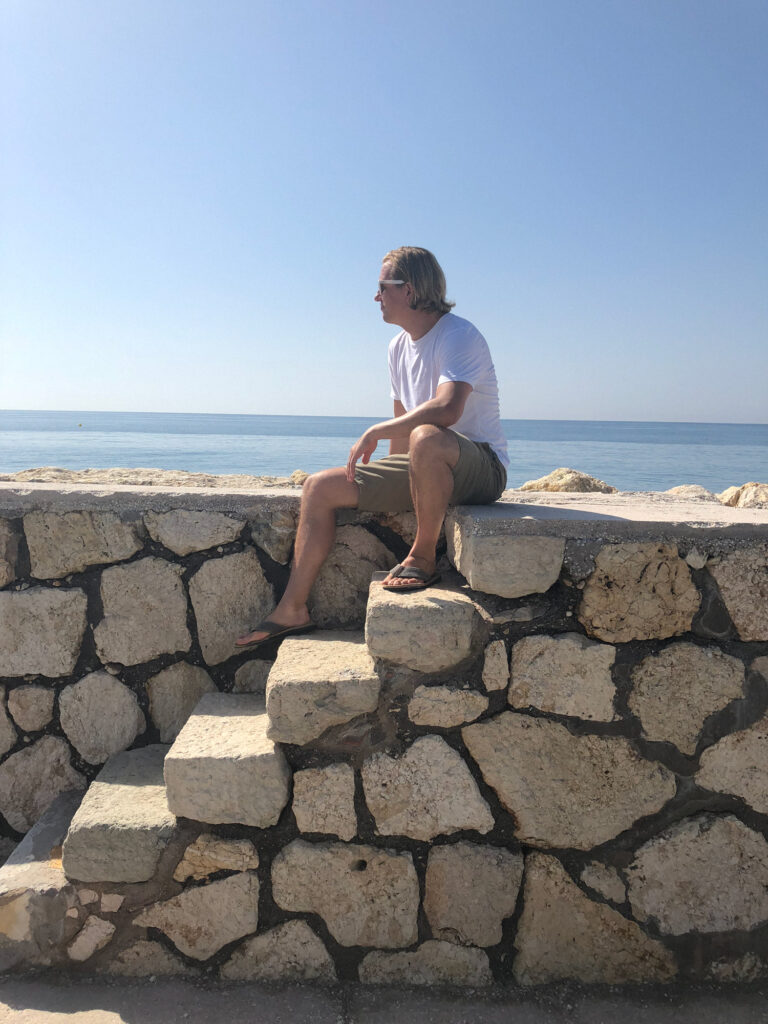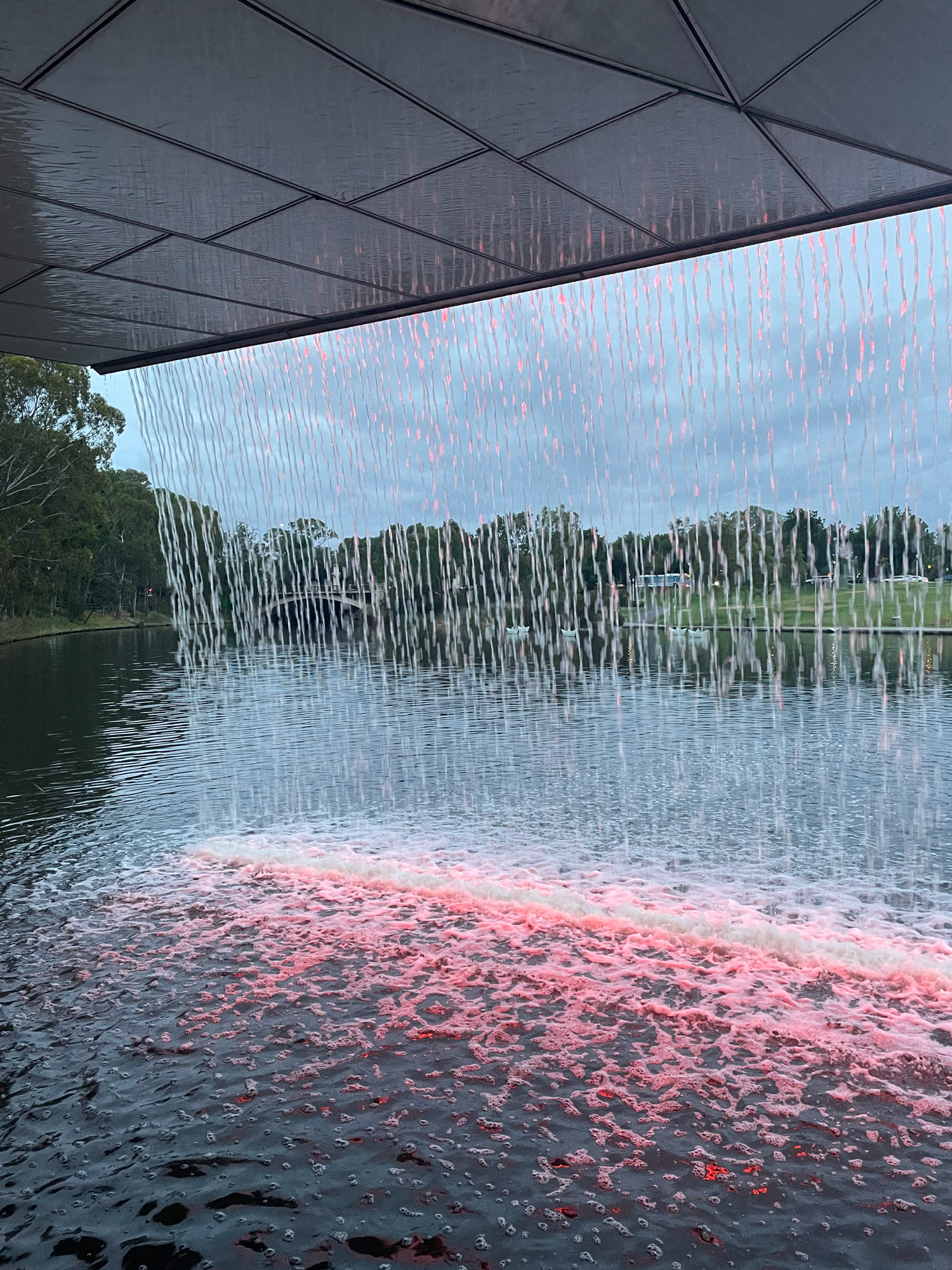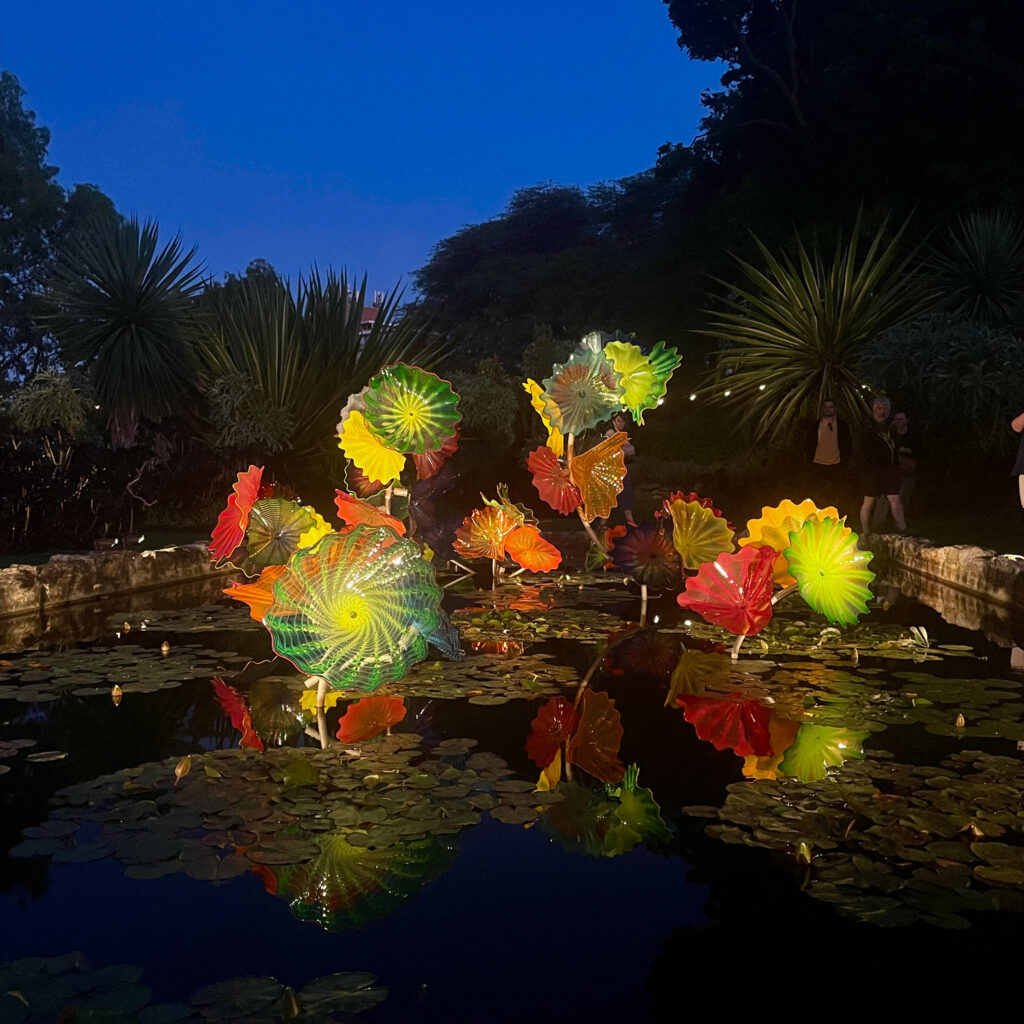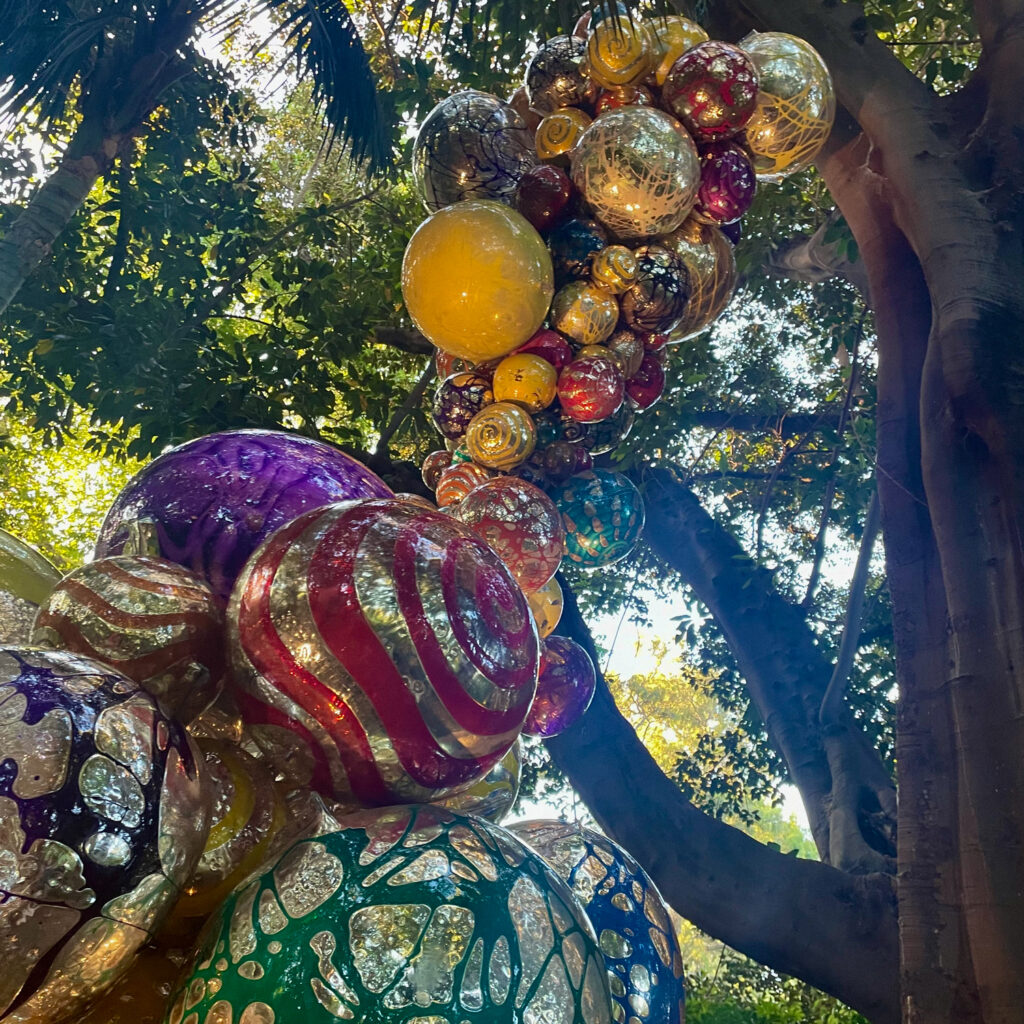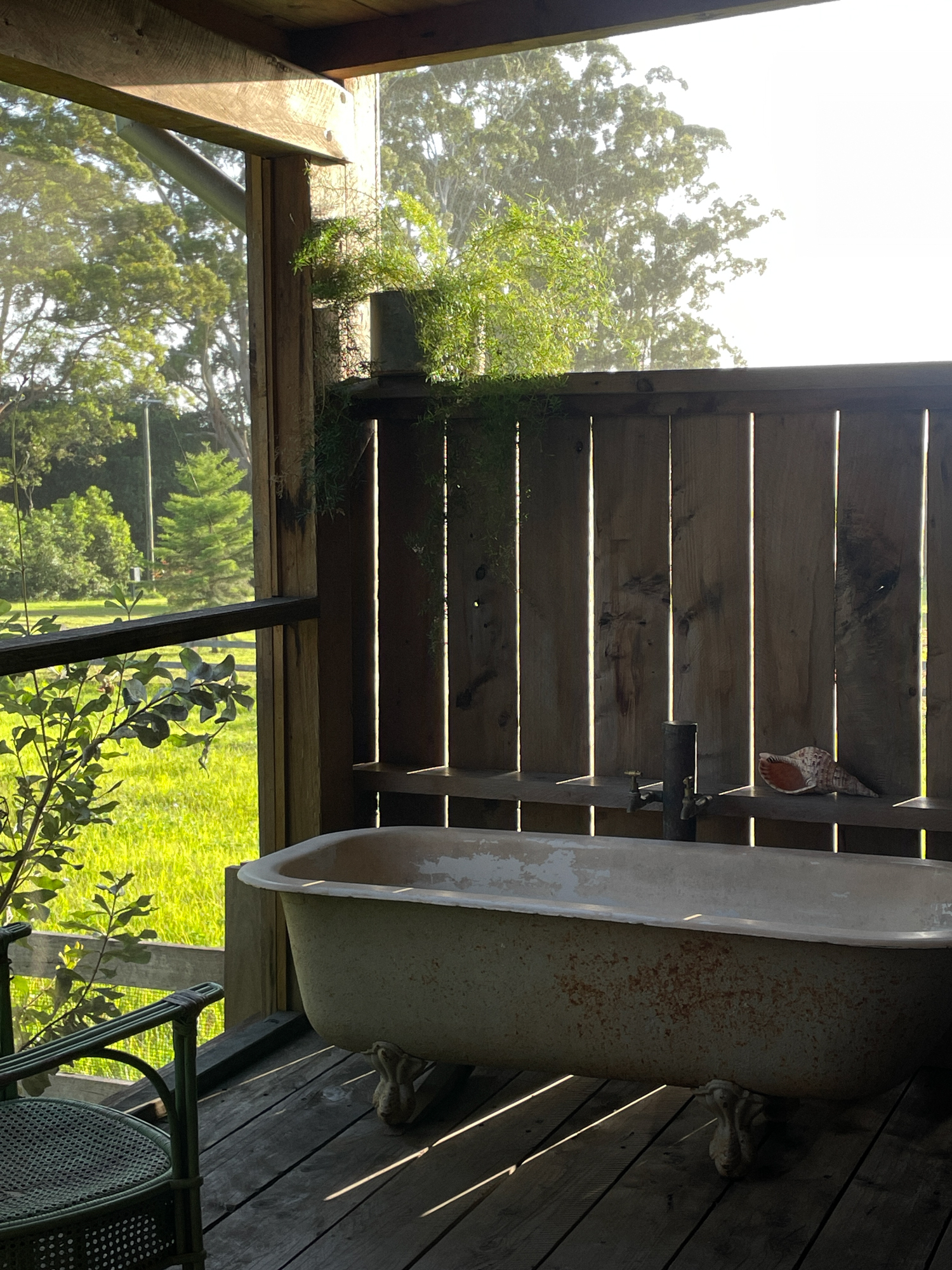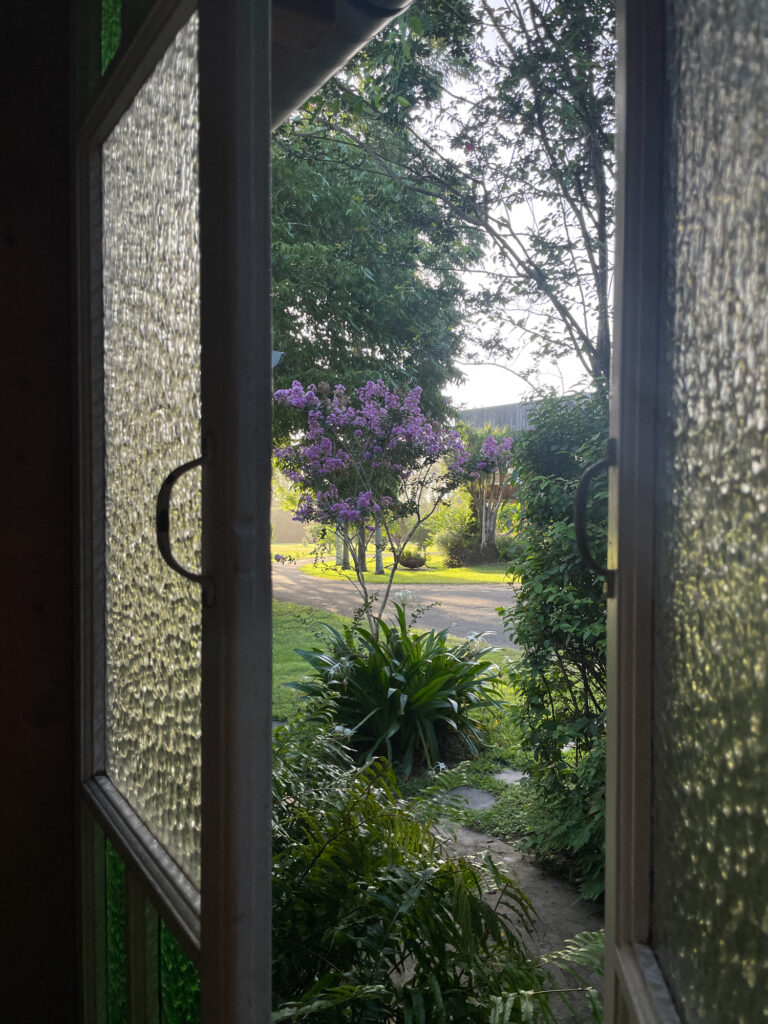What are our natural laws?
To dive into this question we must first ask, what is science? The definition in the dictionary is, ‘The systematic study of the structure and behaviour of the physical and natural world through observation, experimentation, and the testing of theories against the evidence obtained.’
The framework in which science operates is within and born from the nature of our reality. Natures laws we have been conditioned to live by. Time, Space and Matter.
Time – is a construct of our reality, it holds and regulates the cycles of life and death within our experience. Our bodies age and time passes at the same rate, but time is experienced in very different ways depending on our relationship to reality.
Space – the area in which we inhabit. It is only within space that we can understand the three-dimensional nature of our reality. Space gives us our coordinates within the universe and helps us understand the nature of time in relation to the distance between two points in space.
Matter – the carbon construct, building the fabric of reality. We are all made of the basic materials. We are carbon-based lifeforms which have been manipulated in countless different ways.
Without all three components, time, space and matter we would never exist. The universe evolved over billions of years, stars are born and explode. Life on earth is incredibly diverse and evolved in a wonderous harmony. Every person, lifeform on the planet, experiences time and their reality differently. Trees grow over hundreds of years. A human lifetime currently spans just short of a century, our pets live for a decade or two. Time, space, and matter are all relative to our perceptive experience.
We are born into a physical reality where the natural laws govern and have evolved over billions of years. The lineage of species has evolved over the thousands of generations before us. Our mind, body and soul follow a similar pattern to that of the universe. We would not exist without all three.
- Mind – our consciousness, collective or individual.
- Body – our families blood line and physical instrument
- Soul – the infinite part of us, our connection to God
All three work together in a perfect harmony. Human have developed to be receivers of information. Our body has the five senses for us to experience the physical world around us. Our soul triggers emotional experience, bringing love, and a host of other emotions. Our mind tries to make sense of it all, to create and define our existence.
We understand our reach is so much greater than the material world around us. The more our mind and consciousness explores and the more sensitive our bodies become, the more information we become aware of. We become aware of spirit, mediumship, and the spirit world.
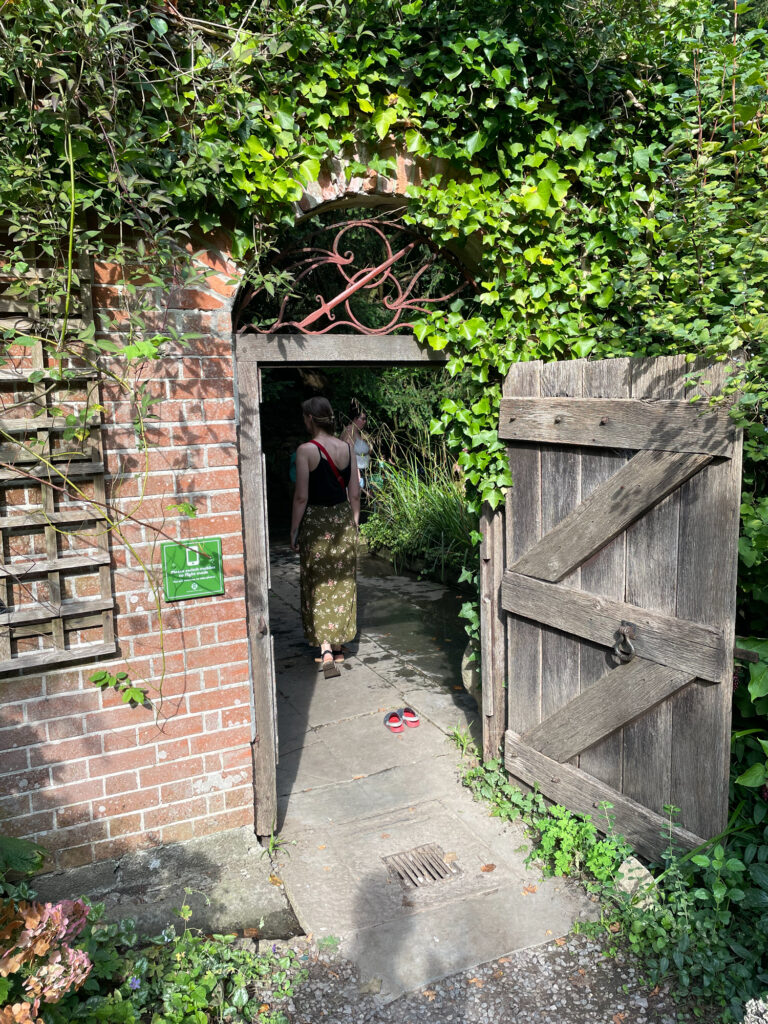
How did we get here?
To begin we can consider the evolution of our planet and how we found ourselves in the here and now. To highlight the natural laws in which we are all bound and how our mediumistic development inevitably follows the same logic, I would like to approach creation from the point of view of evolution through consciousness. A great example of this is from ‘The Ra Contact – Teaching the law of One’. The information came through channelled text from a group of people using trance mediumship, so it seems a fitting outlook to begin with.
Through the many channelled sessions documented, a few specifically delve into the nature of our universe. My interpretation of this text is as follows…
Before life and our universe existed. Imagine for a moment infinite space, which of course is impossible. But imagine the idea that within the infinity of nothingness there is a stirring. A breeze, a directional force and movement of energy. Within infinity arises an infinite awareness of movement, awareness of the movement of itself. This develops into awareness of the infinity of space in which it moves. Over time this evolves to become aware of the nature and energy of itself. Infinite awareness evolves to become a flow of energy across space, this creates the concept of time within the space it travels. Its own unique vibrational energy moving through space.
At some point there is a realisation through the evolution of energy that there are other vibrations, other frequencies within itself. Movements occurs throughout the vastness of space, in turn forming lighter and denser frequencies of energy. These begin to attract and bounce off less each other. The infinite awareness has the realisation of differences within energy. Over time and space, a realisation occurs where the awareness purposely collides into differences of energy within itself. An understanding forms, knowledge and information can be gained through interactions with itself. Consciousness is formed. Energy condenses and starts to collide, finding out more about its true nature.
Matter begins to form though the difference frequencies of energy and collisions occur. Over time, rock, planets, stars, solar systems, galaxies, and our universe begins to take shape in more of a physical form. This becomes known as first density. Born from changing frictions of frequencies the movement of energy.
Realisations happen on a planetary scale, collisions within atoms and molecules form relationships with each other. Consciousness moving, interacting to find out more about itself. Some repelling and other attracting, the flow and movement of energy into certain frequency ranges. This ultimately created the right conditions for life to form, leading to plant life. This becomes second density.
Consciousness can only evolve through experiencing itself, learning and forming mutually beneficial relationship or not. On a cellular level, cells split and continue to split until life begins to form on the planets, these cells continue to split and evolve until we have cellular organisms, sea life, reptiles, manuals, and eventually human life. Human life is third density.
All if this ultimately rises from the realisation that for evolution, we need discussion with ourselves. Consciousness is a result of the realisation that to evolve we need to divide and converse. This continued to happen across time and space which led us to the here and now.
All life follows this process which became a series of natural laws within our density and universe. We all evolved and are part of the same energy. Humans developed conscious life, with awareness of a connection to the whole, of self and life and death.
We can see this natural law clearly manifesting today. All we need to do is look at reproduction within humans. There is an egg within a reproductive system, the egg becomes fertilised and splits in two, this continues splitting to have a conversation and create a relationship with itself until eventually a baby is born. There is a part of the universal consciousness within the baby, its soul, its unique individual nature, its own frequency looking for connection, conversation, and experience.
Therefore, we are all connected to one another under the realisation of the ultimate consciousness. Each one of us as energetic beings on this planet feeding back information though frequency and energy to the one ultimate creator, the universal consciousness. Also known as God.
We began to understand the nature of frequency, the nuances between frequencies. These translate though feelings and emotions. We discover love. The ultimate frequency of acceptance and realisation, all is one. We are part of one another and the whole. Love became known as fourth density.
The densities continue to refine and go further but to understand mediumship and connecting to the spirit world we only need to go on as far as the fourth density. Through the vibration of love, we can connect to our loved ones beyond our physical world in the spirit world. We start to understand the vibrational range and attunement required to connect with spirit.
This way of interpreting creation puts the emphasis and understanding our world on a vibrational or energetic level. Evolution following natural laws. To understand how mediumship is possible we must understand the different between time space and space time.
Time Space refers to our timeline, planets within space, beings with physical bodies and physical coordinates. In short, our reality experienced with our five senses.
Space Time is frequency or in this case souls without physical bodies or physical coordinates. We can connect with these souls through attunement of frequency. This goes some way to explaining how after death of the mortal third density body we can connect with the souls of loved ones and bring forward information from many different parts of their lives. There is no longer any fixed time in space.
Countless people have lived in time space, souls incarnating in our reality. They pass to spirit and enter back into space time, their unique vibration of life experiences available through attunement. Mediumship works through us as incarnate souls raising vibration of the conscious mind to attune with the vibration of souls who no longer have physical form.
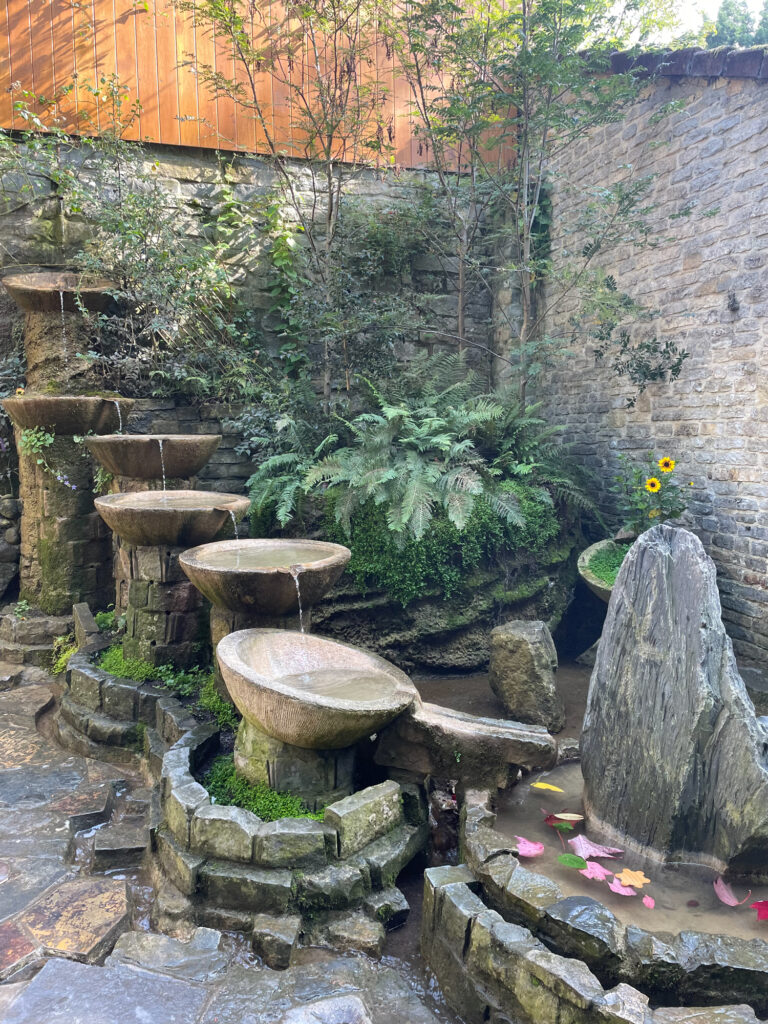
Energy centres on earth
The evolution of our energetic understanding and resonance of our physicality can be seen throughout human history. Energy centres in physical locations have been used for centuries to channel information from spirit and finer densities than ours. Many spiritual locations have been identified as energy hotspots and used to receive higher wisdom. Places like Stone Henge have been built on meridian and lay lines. People pray and sit in these energy centres connecting with spirits or spirit communicators. Many of these places still hold sway but many have been lost in time.
Graham Hancock in Fingerprints of the Gods said, “Not for the first time I felt myself confronted by the dizzying possibility that an entire episode in the story of mankind might have been forgotten. Indeed, it seemed to me then, as I overlooked the mathematical city of the gods from the summit of the Pyramid of the Moon, that our species could have been afflicted with some terrible amnesia and that the dark period so blithely and dismissively referred to as ‘prehistory’ might turn out to conceal unimagined truths about our own past.”
The book goes in-depth into different civilisations throughout the world which history has forgotten but traces can still be found. Atlantis and the lost city for example. Egyptian civilisation and the pyramids (not built by the Egyptians by the way). The location of the Queen’s Chamber in the great pyramid in Egypt. The chamber is set in a specific location to interact with spiralling energy centre in order to channel information from other beings, dimensions though mediums who would sit in trance like states.
When we factor in mediumship and channelled information from spirit it goes towards explaining some of the missing links within our history. Explaining how different civilisations without physical contact developed the same techniques or working methods. We have seen the rise of civilisations, different methods of agriculture and society development which seemed to spring up from nowhere. The monoliths and different structures built by indigenous people of the time harnessed natural energy to enhance the ability of communication to access higher wisdom through knowledge and mediumship and trance.
What is Energy?
Definition from Britannica ‘Energy, in physics, the capacity for doing work. It may exist in potential, kinetic, thermal, electrical, chemical, nuclear, or other various forms. There are, moreover, heat and work—i.e., energy in the process of transfer from one body to another. After it has been transferred, energy is always designated according to its nature. Hence, heat transferred may become thermal energy, while work done may manifest itself in the form of mechanical energy.’
We are all energy, made from the same stuff! Every physical motion, mental thought process and emotion generates the movement of energy in different ways, shapes, and forms. A lovely and simplistic visual action is throwing a stone into a still lake of water, the ripples from one action flow to infinity. The phrase “One flap of a butterflies wing can cause a tsunami on the other side of the world.” Shows cause and effect, the interconnected relationship of all energy. It’s an incredibly difficult concept to fully understand in every aspect of your being.
The first law of thermal dynamics and Einstein’s equation, E=MC2. Matter cannot cease to be, it can only be transformed. Animism people believe that everything lives, there is no life and no death, only change. All matter is energy and follows the scientific nature of the universe. As we are part of nature, it follows that we abide by the same rules and have the same structure to follow when working mediumistically.
The Fibonacci sequence is numbers following the science of nature. 0, 1, 1, 2, 3, 5, 8, 13, 21, 34, 55, 89,144,233,377,610,987, 1597 and so on. If these numbers are used to make equal length sides of a square a beautiful spiral shape emerges which can be seen throughout nature and the natural world. A law of numbers followed by nature; the rule is written xn = xn−1 + xn−2. As one of nature’s laws discovered by science, we can apply these rules when working with mediumship and psychism.
Developing psychism and mediumistic abilities
‘The question might be asked, “Why must those in the Spirit side of life come through a medium rather than communicating directly with their loved ones on earth?
Peggy Barnes answers the question this way:
Could you send a telegram without the instruments? Can you pick music out of the air without your radio? The medium is the instrument through which those vibrations must come… It is just as sensible to say that there is no music or sound passing through the air because you are not able to hear it with your physical ear as it is to say that your Spirit mother cannot communicate because she is not able to do so with you directly.’
Mediumship is governed by natural laws. We communicate by using our emotional knowledge of frequency to pass information from one soul to another whether they have a physical body or not. A fundamental truth. Science will say that energy can never die, it just changes form. We know that we are more than just our physical existence or that of our five senses, we have the compassion and creativity of our soul within us.
To explain this more fully I often start with a statement. “The limitation of our conscious mind is our greatest asset.” It allows a greater emotional range to evolve within the individual. Meaning, because we are unable to know the outcome of a situation along a linear timeline, we move into every new experience wholeheartedly. Meeting a new partner for example, as the relationship progresses, we can give ourselves emotionally in a fuller sense to the other person. We do not know whether we will end up heartbroken in twelve months or live long and happy lives together. This offers the deepest emotional connection and range within the experience. If we knew the relationship was going to end, we would never commit fully in the first place. This methodology goes through every experience, we live in life, ultimately expanding our emotional range. This is where our emotional range and attunement begins to open our psychic and mediumistic abilities.
There are many different forms of mediumship and psychic ability. I believe we don’t fully understand the extent of what we are capable of. As an overview, psychic connection is from mind to mind or person to person. Although it is not limited to just people, it can be felt within nature, the connection with mother earth, the animal kingdom as well as on mass through the energetic consciousness of society. Mediumship is divided in to two main categories, perception and controlled. Perception is information interpreted through the mind of the medium. Clairvoyance, clairaudience, and clairsentience for example. Controlled mediumship is where the mind of the medium moves aside to all for a spirit communicator to take control of the physical body. This would include trance, automatic writing, and the creation of ectoplasm.
Psychic connection
Human to human connection, developing the awareness emotions and feelings not contained within the body. Called the aura and auric field, these energies can be picked up by the psychic or medium. Energy can travel infinite distances. A simple thought can travel across the world in a split second and be picked up by someone else. This is often referred to as a psychic connection telepathy. Everyone processes psychic ability, depending on their level of development as to what information they become aware of. This has been well documented through many studies. It is generally thought there are seven main energy bodies but of course there are an infinite number, and nuances within them.
Aura and auric fields
Leading outwards from the physical body
Physical plane
- Physical body
- Etheric body
- Emotional body
- Mental body
Astral plane
- Astral body
Spiritual plane
- Etheric template
- Celestial body
- Causal body
These basic outlines allow us to understand a little more about where and how we are picking up the information in someone else’s field and that of our own.
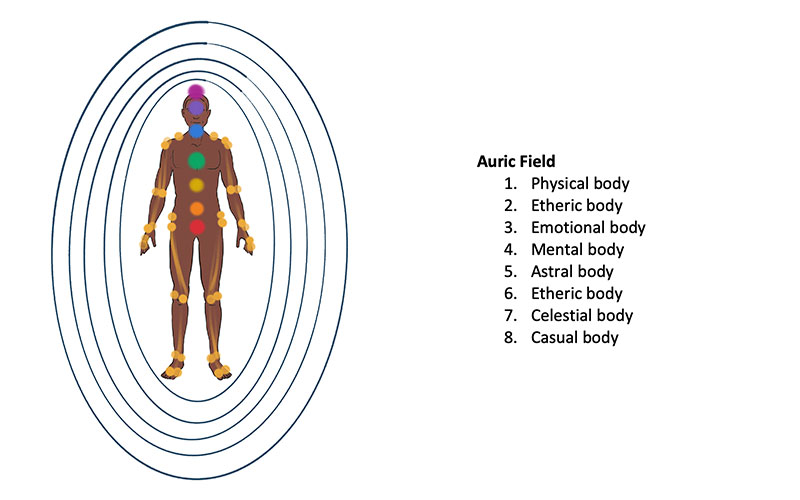
Telepathy
‘The word itself is derived from two Greek words. “tele” (afar) and “pathy” (feeling). The dictionary definition of Telepathy is: “Action of one mind on another at a distance, through emotional influence without communication through physical senses.”’
The brain transmits electrical signals through nerves, these signals can be read by other people as well as electronic devices such as a Transcranial Magnetic stimulation Wand or attaching electrodes physically to the head. Experiments have been done on monkeys and rats picking up information from a hive mind. Rats are placed into a maze, connecting to other rats who have already navigated the maze, they are able to navigate the maze correctly. In people, a two-person experiment. One person is to concentrate on a particular view or item. This information is read as specific EEG brain activity and is sent to the mind of another by electromagnetic pulses which are then deciphered by the recipient’s mind. This can be done with technology and equipment or without by the recipient attuning to the mind of the other person and picking up the information.
Mediumship
The Spirit world exists just outside of physical reality frequency range. This doesn’t mean that both our world and the spirit world can’t interact. With training and development, we can raise our vibration, shift our awareness to become aware of the spirit world and spirit communicators within that world. (For me this is raising my vibration to embody more love and push my awareness to the fourth density range, as in the early explanation of the universe). A spirit world communicator lowers their vibration and where there is harmony information can be communicated.
Many spiritual medium teachers talk about the mechanics of mediumship. The scientific nature of connection though attunement and vibration. Raising our vibration to meet the vibrational energy of the spirit world. Like tuning a radio. When working with a spirit communicator following a logical unfoldment of information. Identifying a communicators passion and connecting with their excitement, love, and energy. Everything they would like to bring forward for the recipient.
Some mediums follow a step-by-step approach, building energy and evidence. Identifying key pieces of information to offer proof of life after death to the recipient. Very similar to the approach scientists take when approaching a problem to solve.
Psychical mediumship
Physical phenomena relating to Spiritualism. We think of ectoplasm which is not so prevalent in the modern world. The energy and material used for the creation of ectoplasm was usually taken from the medium, their waste products and dead skin cells. Traditionally the medium would sit in a cabinet, take energy from other mediums around them. Using them like batteries to support the energy required for the manifestation. The spirit world is able to create a physical form, ectoplasm would emerge from the mediums body, often from the mouth, ear, or stomach area.
Physical phenomena would also include ectoplasmic rods, trumpets, direct voice, transfigurations, and many other forms. This type of phenomena would often occur in séances, the energy being pulled from the group and the medium. There are reports of flowers wilting and the energy of the room becoming depleted.
Alec Harris – A Welsh born solider who in the 1930’s sat in séances with Helen Duncan, he fully believed her materialisations and began to develop as a medium. After development he was able to materialise spirit guides. In the 1940’s it was said by other mediums that he could materialise as many as 30 spirits within one séance. Mr. Harris passed to spirit in 1974.
Gordan Higginson – A famous pioneer of Spiritualism and a world class physical medium. His development was such that he was able to give incredibly accurate messages from spirit communicators to prove the existence of life after mortal death. He was the longest serving president of the SNU, serving for 23 years. He was a tutor at the Arthur Findlay College where he gave many lectures and demonstrated physical mediumship. Passing to spirit in 1993.
One of my favourite quotes by Mr. Higginson is ‘Before you can touch the Spirit, you must find it within yourself. For all truth, for all knowledge and all love, must be found first within oneself. And the Spirit can never touch you and bring love and peace within your being and from your being, until you have found it for yourself. And before you can build a picture of love from the Spirit, you must learn to find it in this life. For visualisation is leading you to vision itself. For words and music are there for you to find, in moments, an answer; something that’s for you, to live our life in truth.’
The focus here is on personal development, find it within yourself. Connect with the vibration of love within you and you can connect with the vibration of love within others. All is connected and all is one. All mediumship and certainly physical mediumship takes many years and great teachers to develop.
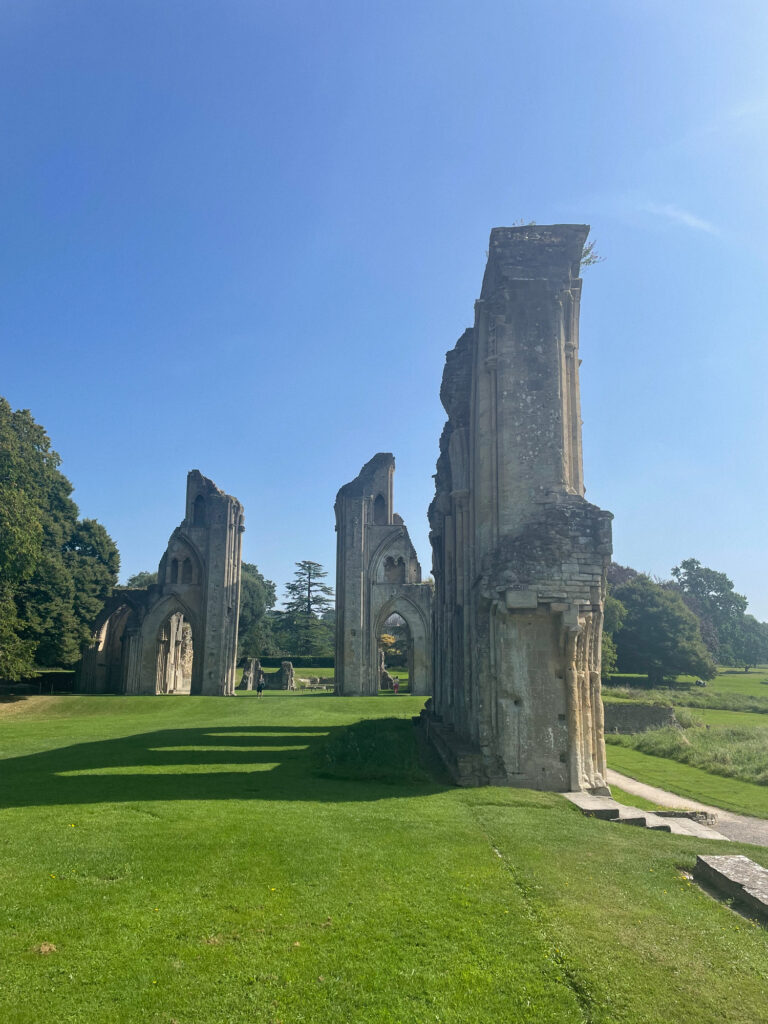
Spiritual or energy healing
Harry Edwards was one of the leading spiritual healers of his time. There are many amazing accounts of healings. My Edwards also wrote many books on spiritual healing. The Harry Edwards Healing Sanctuary in Surrey carries his work forward, training healers and offering healing and distant healings. Although methods have changed over the years there are interesting points relating to the chakras and parts of the body. From a mediumship and psychism perspective, we can access information from systems in the body through chakras, their energetic frequency and resonance. This can offer information about the physical conditions of another person. We can also receive information from the spirit world through our chakras.
When we talk about spiritual healing this in a sense, it is very physical phenomena. Clients can experience physical transformations of wellness as well as emotional or mental healing. There are two main types of physical or hands on healing. Channelling energy from the universal energy or divine source. Or magnetic healing, energy from the healer themselves.
Development and tools of the Medium
Tools of the medium as governed by the natural laws within our existence. Firstly, we have our mind, the hub of limitless possibility. It is what governs our reality, our outlook on life and our state of awareness.
We have a body for picking up sensory information around us, more than just our five senses. Our body picks up information from the aura and auric field. The chakras or energy centres for accessing energetic information.
Most important of all is love, the higher level of attunement and vibration which connects to the spirit. Mental mediumship is down to attunement, raising our vibration to become aware mentally and emotionally of a spirit communicator. Surrendering to a communicator, creating a blend mentally, emotionally, and physically.
As part of mediumistic development, attunement it is common practice for many mediums. Aligning themselves with three different states to aid their development.
Sitting in the Power – This starts with the basic practice of sitting in our own energy and building our own power. It can begin with a light meditation, a focus on the energy centres within our own body, especially the root chakra and solar plexus.
The purpose of sitting in the power is to understand our own power and energy, finding out methods and techniques that work for us as individuals. It’s akin to recharging ourselves from our own point of divinity, tapping into the spark of God within ourselves to find and expand the truest form of our own energy.
Attunement – The word was first used by Lloyd Arthur Meeker. ‘Attunement was the early term adopted by practitioners of energy medicine, originally developed by Lloyd Arthur Meeker (1907 – 1954) and his colleagues. Meeker taught and practiced Attunement as a central feature of his spiritual teaching and ministry, Emissaries of Divine Light.’ The term was associated with syncing with specific frequencies that can offer a different sensation and awareness of an alternate reality. People become aware of different vibrations and can attune their vibration to match, which in turn creates a link so communication can take place.
Meditation – A starting point for both sitting in the power and attunement. From a light state of meditation people can choose to focus on their own power or attunement to other frequencies. Meditation can also be used for self-healing, finding information, understanding more about self, and linking with the global consciousness.
All three states of being are incredibly important for understanding ourselves, our power and the different frequencies that surround us. Each has a very specific use and takes a long time to master, it is widely known that people don’t often feel the real benefits of meditation until years down the line.
As mediums we are only connecting with the natural abilities within ourselves. Some mediums have more ability than others. This relates the body incarnate, family linage, advanced level of the soul, and personal experiences within this life. There must also be a high level of dedication towards development. We cannot move outside of the natural laws in which we live. Our body is created of this earth, it is just not possible to be something we are not.
Looking from a scientific point of view, we are carbon-based entities, energy created from the universe in which we are part. The natural laws of our creation will always remain. The wonderous part falls beyond the limitations of our conscious mind. Not knowing what is going to happen. Constantly finding ourselves on a journey of discovery, our emotional experience and awareness of frequency ranges has no limit. We are always learning, evolving, and developing. We feel and experience everything first, science follows and tries to make sense of it all through explanation understandable by our conscious mind.
Written by Richard Stuttle
